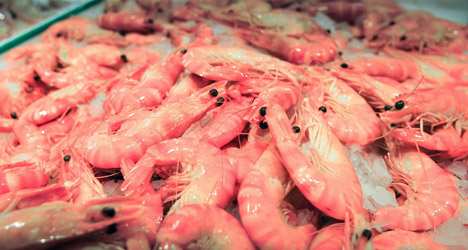Les pesticides, la salmonelle et les mycotoxines ont été les trois contaminants alimentaires les plus fréquemment rapportés au cours des trois derniers mois, selon l’ organisme de recherche alimentaire Fera.
The three contaminants accounted for a combined 31% of all food safety, quality and authenticity issues found in global data that was collected and analysed by Fera’s HorizonScan. Listeria, veterinary drugs and non-permitted food colourings were also among the ten most prevalent contaminants. The majority of cases concerned fish, meat and dairy products.
Fera’s head of food quality and safety claimed that the statistics demonstrated the existing framework’s effectiveness at identifying and stopping contaminants.
Matthew Sharman said: “The wide range of global food contamination events may appear disconcerting, but in one sense they prove that the testing regimes created by individual governments, organisations like the EU and even individual companies are working. By testing we identify food contamination before it enters the food chain. But it’s also clear that inspection, regulation and rigorous testing continue to play a vital role in food safety and security.
“Pesticides are the number one chemical contaminant reported worldwide but if we group contaminants into types, e.g. microbiological and chemical, it’s actually microbiological contaminants, like salmonella and listeria, which come out on top, accounting for around a quarter of contamination reported.
“Also of interest is the prevalence of mycotoxins, toxic chemicals which can be highly carcinogenic, produced by the fungal contamination of food. This is a group of contaminants that can thrive in warm, damp conditions, so climate change – with warmer, wetter summers, in particular – suggests that some mycotoxins are likely to become an increasing risk to food.
“We have also been looking at emerging risks, instances with much higher than normal of particular types of contamination. Over the last 12 months the front runners are: a nine-fold increase in incidents of salmonella in sesame seeds and sesame-based products from India; a seven fold increase in veterinary medicine contamination in prawns from Malaysia; and a five-fold increase in pesticide contamination of lemons from Turkey.
“A huge rise in incidents can be something as simple as a single, contaminated source but can also point to more fundamental, underlying issues in the food chain, like food fraud or other criminal activity.”

